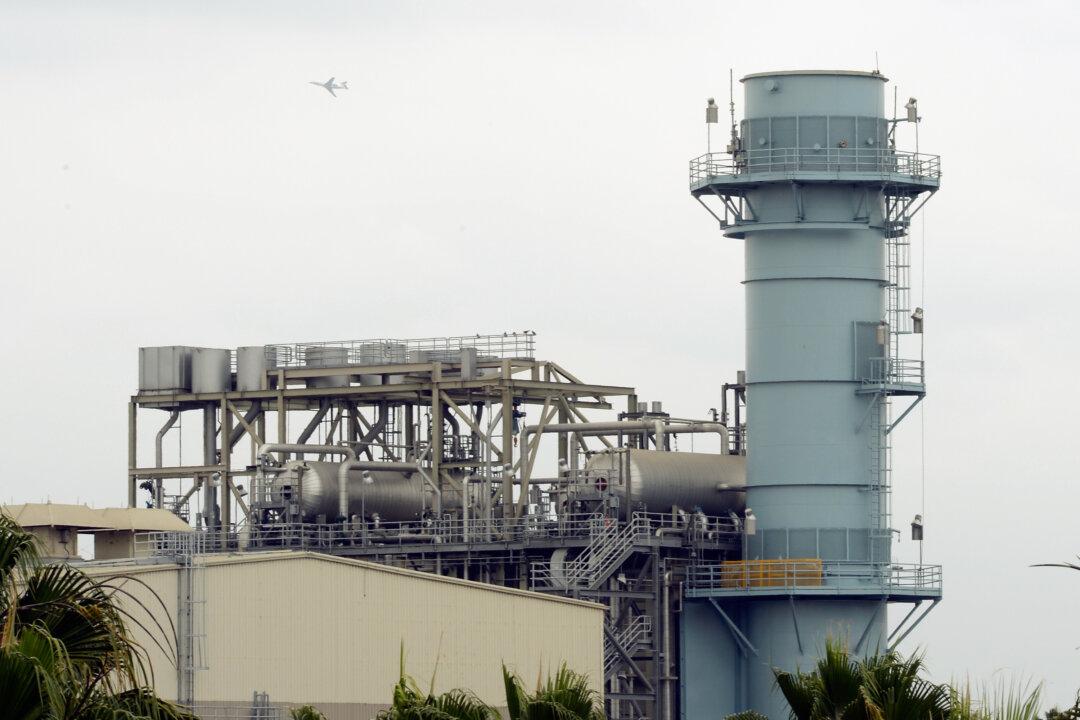The White House announced that it has set a goal of cutting down methane emissions in the oil and gas sector by 45 percent from 2012 levels by 2025, and has tasked the Environmental Protection Agency with finalizing new rules for processing natural gas by 2016.
Methane gas only accounts for 9 percent of the United States’ greenhouse gas carbon footprint, 9 times smaller than carbon dioxide emissions, but unit for unit it is 20 times more harmful to the environment than CO2 over a 100-year period.
Methane is 20 times more harmful to the environment than CO2 over a 100-year period, according to the EPA.





